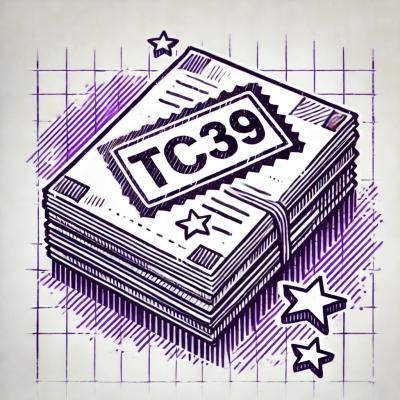Flexible ascii progress bar.
Installation
$ npm install progress
Usage
First we create a ProgressBar, giving it a format string
as well as the total, telling the progress bar when it will
be considered complete. After that all we need to do is tick() appropriately.
var ProgressBar = require('progress');
var bar = new ProgressBar(':bar', { total: 10 });
var timer = setInterval(function () {
bar.tick();
if (bar.complete) {
console.log('\ncomplete\n');
clearInterval(timer);
}
}, 100);
Options
These are keys in the options object you can pass to the progress bar along with
total as seen in the example above.
total total number of ticks to completewidth the displayed width of the progress bar defaulting to totalstream the output stream defaulting to stderrcomplete completion character defaulting to "="cursor last completion character defaulting to completeincomplete incomplete character defaulting to "-"renderThrottle minimum time between updates in milliseconds defaulting to 16clear option to clear the bar on completion defaulting to falsecallback optional function to call when the progress bar completes
Tokens
These are tokens you can use in the format of your progress bar.
:bar the progress bar itself:current current tick number:total total ticks:elapsed time elapsed in seconds:percent completion percentage:eta estimated completion time in seconds
Custom Tokens
You can define custom tokens by adding a {'name': value} object parameter to your method (tick(), update(), etc.) calls.
var bar = new ProgressBar(':current: :token1 :token2', { total: 3 })
bar.tick({
'token1': "Hello",
'token2': "World!\n"
})
bar.tick(2, {
'token1': "Goodbye",
'token2': "World!"
})
The above example would result in the output below.
1: Hello World!
3: Goodbye World!
Examples
Download
In our download example each tick has a variable influence, so we pass the chunk
length which adjusts the progress bar appropriately relative to the total
length.
var ProgressBar = require('../');
var https = require('https');
var req = https.request({
host: 'download.github.com',
port: 443,
path: '/visionmedia-node-jscoverage-0d4608a.zip'
});
req.on('response', function(res){
var len = parseInt(res.headers['content-length'], 10);
console.log();
var bar = new ProgressBar(' downloading [:bar] :percent :etas', {
complete: '=',
cursor: '>',
incomplete: ' ',
width: 20,
total: len
});
res.on('data', function (chunk) {
bar.tick(chunk.length);
});
res.on('end', function () {
console.log('\n');
});
});
req.end();
The above example result in a progress bar like the one below.
downloading [====> ] 29% 3.7s
You can see more examples in the examples folder.
License
MIT



